According to the USGS, the epicenter of this earthquake is similar to the 1952 magnitude 9 megathrust earthquake, which caused a massive tsunami across the Pacific Ocean .

Meanwhile, the United Geophysical Service of the Russian Academy of Sciences predicts that significant aftershocks with a magnitude of up to 7.5 on the Richter scale may continue to occur for at least another month.
The earthquake prompted tsunami warnings to be issued for areas of the Pacific Ocean including Japan, Hawaii, Russia and Ecuador. Hazard warnings were also issued along the coast of California (USA).
According to the US Pacific Tsunami Warning Center (PTWC), the risk of waves up to 3m high could hit the coasts of Russia, Hawaii and even Ecuador and Chile along the west coast of South America. The US continues to issue a series of warnings at different levels along the west coast of North America, from Alaska down to the entire California coast.
In California, residents received a tsunami warning via mobile phones. A warning was also issued for the US territory of Guam. At least six aftershocks continued to shake the area, including one with a magnitude of 6.9 and another with a magnitude of 6.3, according to PTWC.
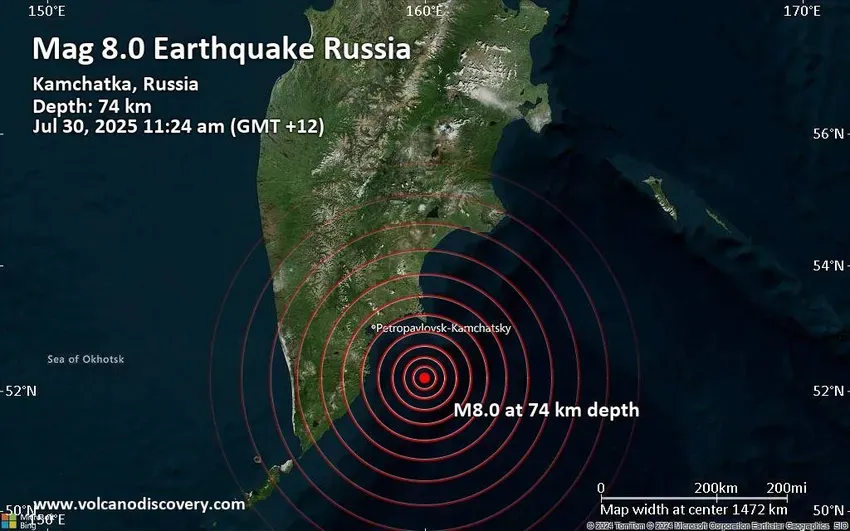
Meanwhile, Russia's TASS news agency reported that several people suffered minor injuries from the earthquake, including cases recorded at the Kamchatka regional airport.
On the same day, Japan's NHK television station said the country's Meteorological Agency predicted a 1-meter-high tsunami would occur between 10 and 11:30 a.m. local time, and urged people to stay away from the coast and riverside.
From the Philippines, the country's seismological agency has advised people to stay away from beaches.
Meanwhile, the Indonesian Geophysics Agency issued a warning that tsunami waves of less than 0.5 meters could hit some coastal cities and towns in Papua, North Maluku province and South Sulawesi province of the country on the afternoon of July 30.
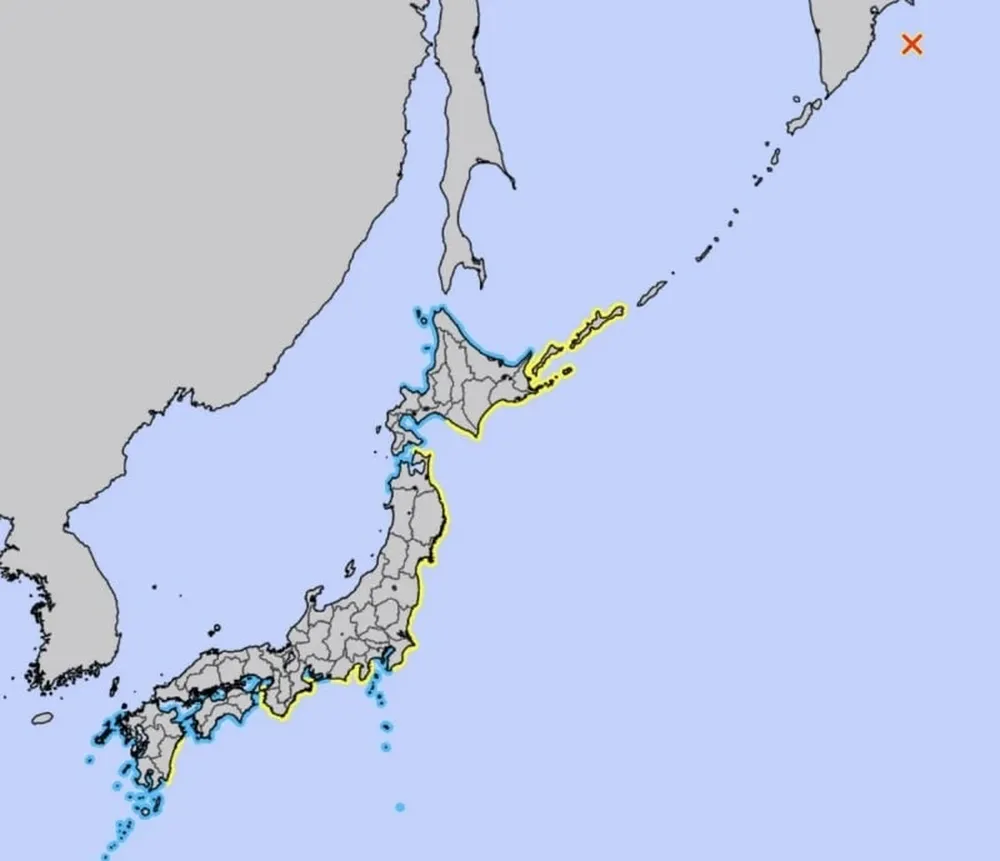
In New Zealand, the Disaster Management Agency warned that coastal areas of the country could face strong and unusual currents and unpredictable surges at the shore.
In a statement, New Zealand Civil Defence said there was no need for immediate evacuation but advised people to stay away from beaches and coastal areas.
Source: https://www.sggp.org.vn/canh-bao-song-than-tren-khap-thai-binh-duong-post806049.html



![[Photo] Prime Minister Pham Minh Chinh meets with representatives of outstanding teachers](https://vphoto.vietnam.vn/thumb/1200x675/vietnam/resource/IMAGE/2025/11/15/1763215934276_dsc-0578-jpg.webp)
![[Photo] General Secretary To Lam receives Vice President of Luxshare-ICT Group (China)](https://vphoto.vietnam.vn/thumb/1200x675/vietnam/resource/IMAGE/2025/11/15/1763211137119_a1-bnd-7809-8939-jpg.webp)
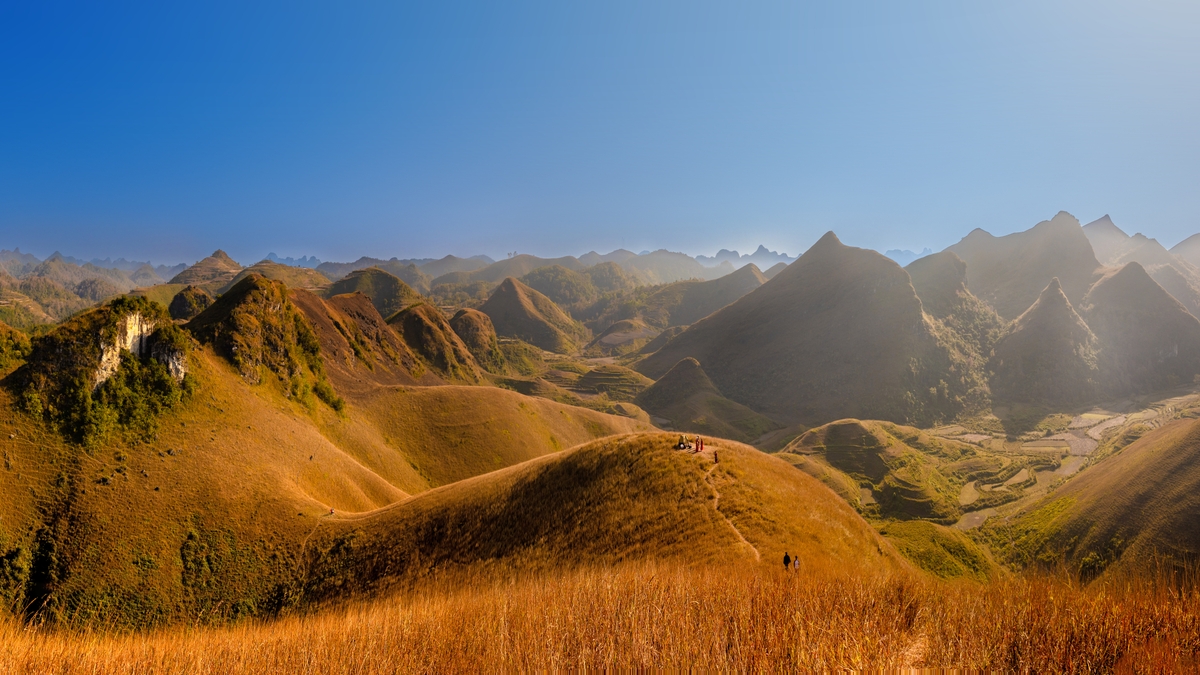
![[Photo] Panorama of the 2025 Community Action Awards Final Round](https://vphoto.vietnam.vn/thumb/1200x675/vietnam/resource/IMAGE/2025/11/15/1763206932975_chi-7868-jpg.webp)
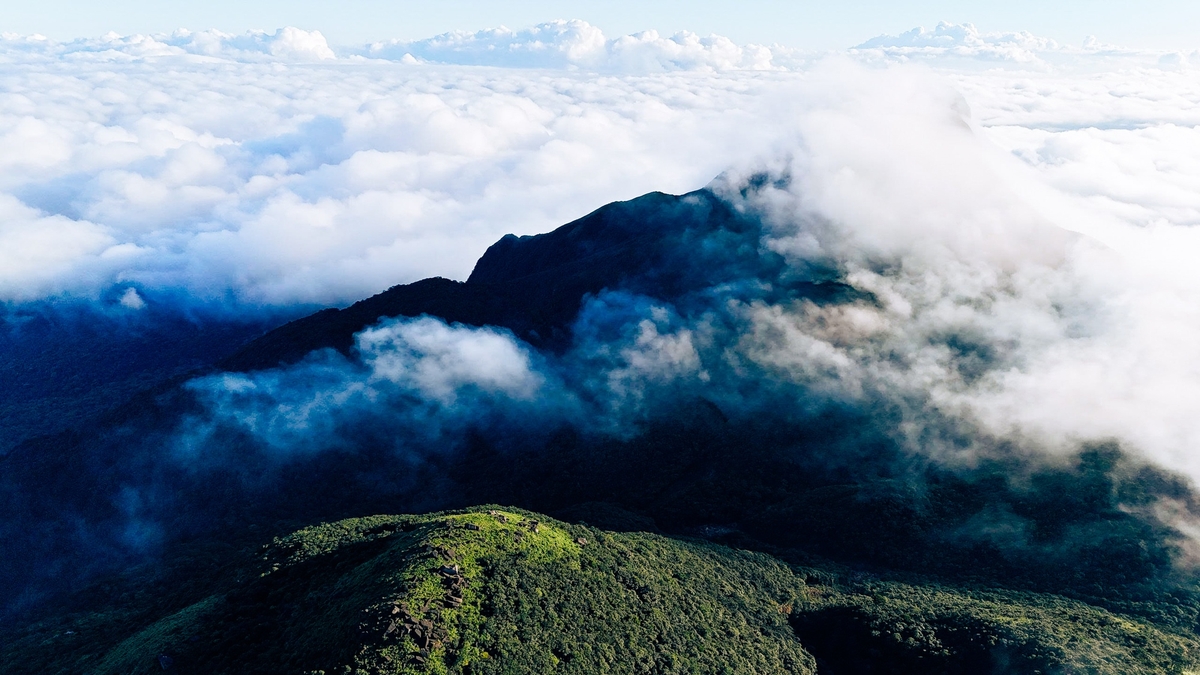
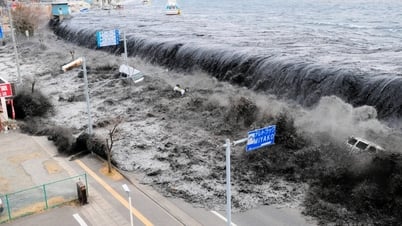

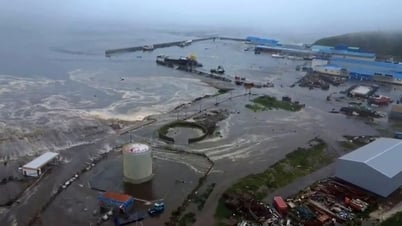

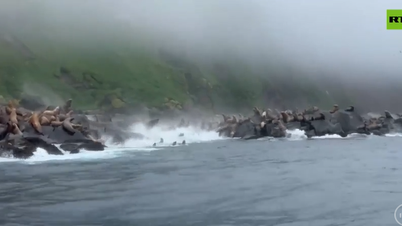

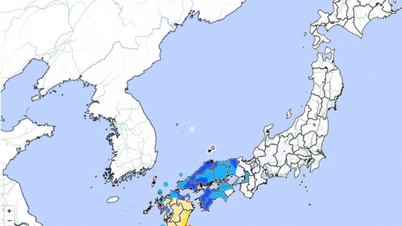

















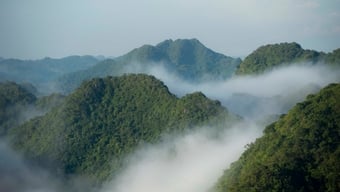

























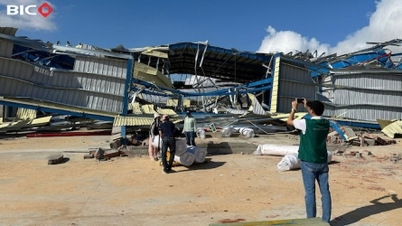














































Comment (0)